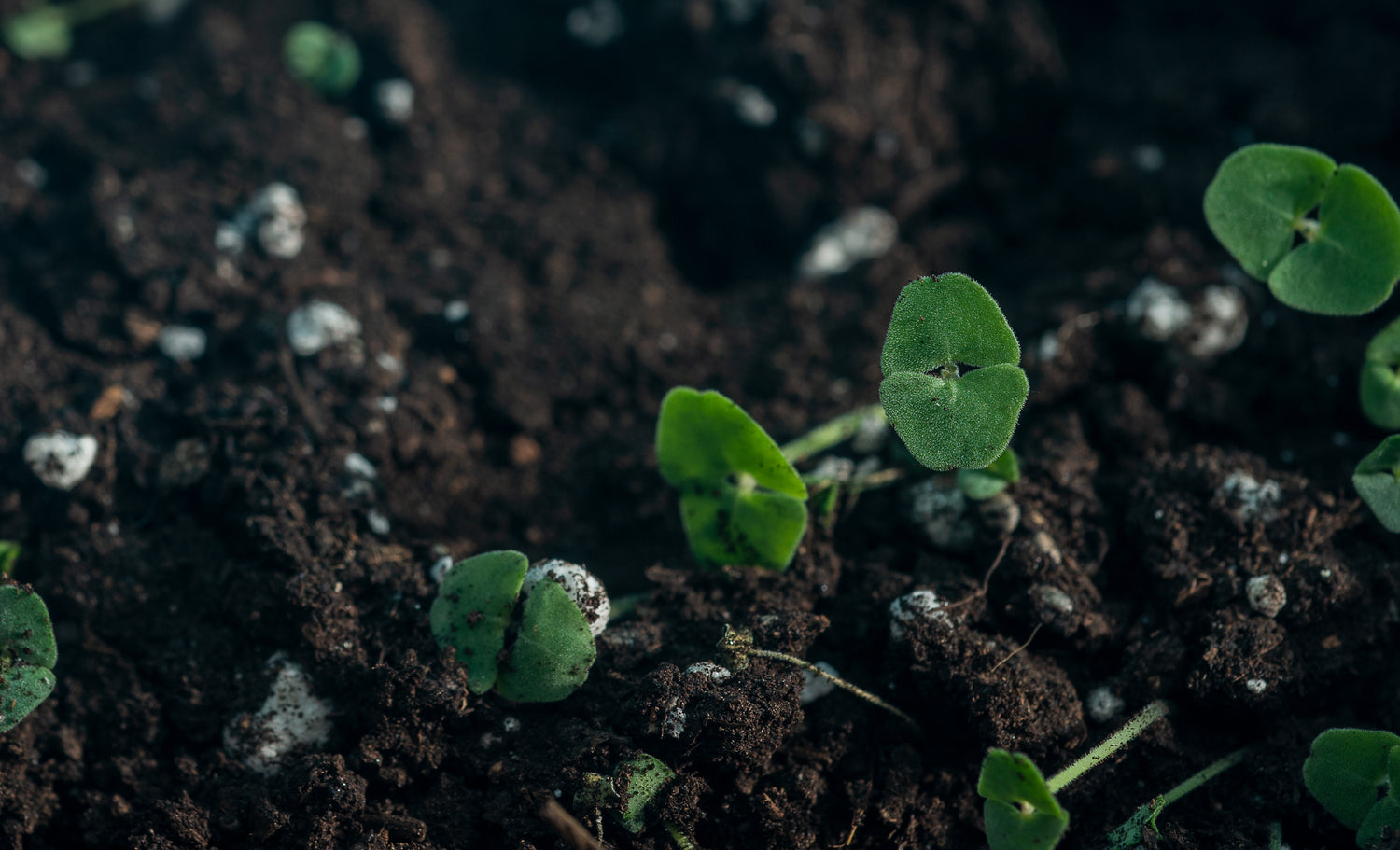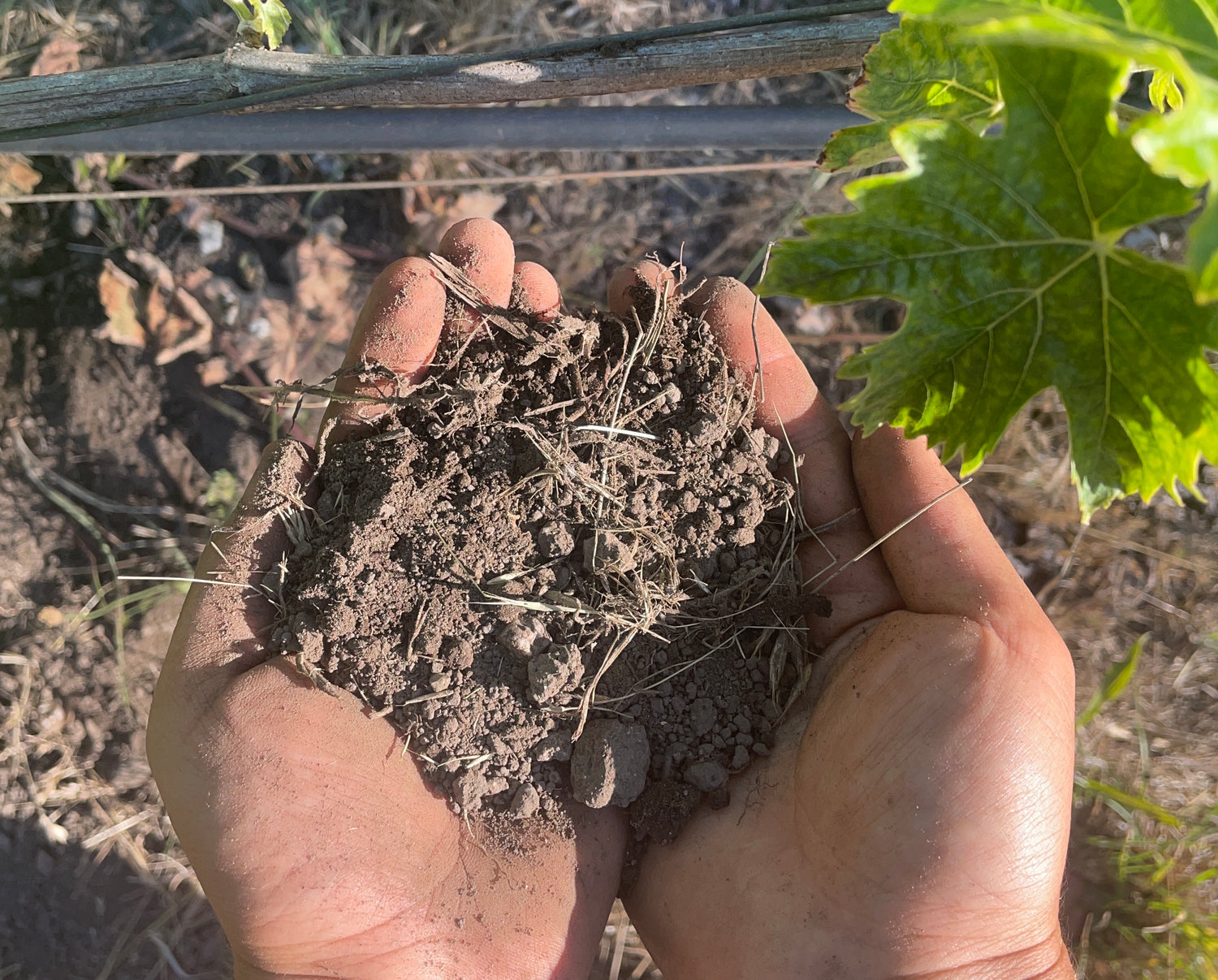Soil health is essential for gardening, farming, and property management. Heavy metals such as lead, cadmium, and arsenic can contaminate soil, posing risks to human health, plant growth, and the environment.
Heavy metals are naturally occurring elements that can accumulate in soil from natural processes or human activities, including industrial operations, pesticide application, or urban runoff. These contaminants may affect plants, animals, and humans through ingestion, inhalation, or skin contact. According to the U.S. Environmental Protection Agency (EPA), prolonged exposure to heavy metals can lead to health issues such as neurological damage, kidney dysfunction, or increased cancer risk.
Testing soil for heavy metals helps identify their presence and concentration, supporting decisions about remediation, crop selection, or land use. For example, elevated lead levels may require soil amendments or restricted land use to reduce exposure. Regular soil testing helps maintain a safe and productive environment for gardens, farms, or commercial properties.
Laboratory Analysis for Soil Testing
Selecting a laboratory for soil testing ensures accurate results. The EPA’s guidelines on lead testing emphasize the need for precise analysis to avoid incorrect results that could lead to unnecessary remediation. The EPA sets a screening level of 400 parts per million (ppm) for lead in residential soils. A study in the Journal of Environmental Quality notes that accurate testing supports effective environmental management (Alloway, 2013).
Resources for Understanding Soil Test Results
Soil testing laboratories often provide resources to interpret results, including access to EPA guidelines and scientific studies. The Agency for Toxic Substances and Disease Registry (ATSDR) offers information on the health effects of heavy metals, aiding in risk assessment. Remediation strategies, such as adding organic matter to bind metals or using phytoremediation plants like sunflowers, are supported by research in Environmental Science & Technology, which shows phytoremediation can reduce lead and cadmium levels in contaminated soils (Vangronsveld et al., 2009).
Soil Testing Process
Soil testing involves ordering a kit, collecting samples, and sending them to a laboratory for analysis. The process includes: order a soil testing kit with instructions and a prepaid shipping label, collect soil samples as directed, mail the samples back, and receive a report within approximately two weeks detailing heavy metal concentrations and management recommendations. This process supports informed decisions about soil management.
Common Heavy Metals Found in Soil
Understanding the types of heavy metals that may be present in soil is important for effective testing and management. Below are eight common heavy metals, their sources, and potential impacts, based on data from authoritative sources:
| Heavy Metal | Sources | Potential Impacts | Source |
|---|---|---|---|
| Lead (Pb) | Lead-based paints, old plumbing, industrial activities | Developmental delays, neurological issues | EPA |
| Cadmium (Cd) | Phosphate fertilizers, industrial waste | Kidney damage, bone disorders | WHO, 2019 |
| Arsenic (As) | Mining, pesticide use | Skin and lung cancer | ATSDR, 2020 |
| Mercury (Hg) | Industrial processes, coal combustion | Neurological impairment | EPA, 2021 |
| Copper (Cu) | Fungicides, industrial discharges | Harms soil microbes | Wightwick et al., 2008 |
| Nickel (Ni) | Metal refining | Skin allergies, respiratory issues | WHO, 2020 |
| Zinc (Zn) | Fertilizers, industrial discharges | Disrupts soil ecosystems | Bolan et al., 2014 |
| Chromium (Cr) | Metal plating, tanning | Carcinogenic | EPA, 2020 |
How to Address Heavy Metal Contamination
If soil tests show elevated heavy metal levels, several strategies can reduce risks. The EPA suggests using soil amendments like compost or biochar to reduce metal bioavailability. Phytoremediation, using plants like sunflowers, is supported by research in Chemosphere (Mahar et al., 2016). In severe cases, soil removal may be necessary, particularly for lead-contaminated urban soils. Laboratories may provide tailored recommendations based on test results, such as growing non-edible crops to minimize health risks while improving soil quality.
The Importance of Regular Soil Testing
Soil testing should be conducted regularly, as land use changes, industrial activities, or natural processes can alter soil composition. The USDA Natural Resources Conservation Service recommends testing every 2–3 years to monitor changes and ensure safety.
Conclusion
Testing for heavy metals supports a healthy and safe environment. Soil analysis provides data to guide land management decisions. Contact info@alluvialsoillab.com or (831) 216-1367 for information on soil testing services.
Sources
- Alloway, B. J. (2013). Heavy metal contamination of soils: Sources, indicators, and assessment. Journal of Environmental Quality, 42(2), 314–323. https://doi.org/10.2134/jeq2012.0314
- Vangronsveld, J., et al. (2009). Phytoremediation of contaminated soils and groundwater: Lessons from the field. Environmental Science & Technology, 43(20), 7651–7656. https://doi.org/10.1021/es803963m
- Wightwick, A. M., et al. (2008). Effects of copper fungicide residues on soil microbial communities. Soil Biology and Biochemistry, 40(10), 2459–2468. https://doi.org/10.1016/j.soilbio.2008.07.013
- Bolan, N., et al. (2014). Remediation of heavy metal(loid)s contaminated soils: Recent advances. Journal of Environmental Management, 136, 103–114. https://doi.org/10.1016/j.jenvman.2013.11.018
- Mahar, A., et al. (2016). Challenges and opportunities in the phytoremediation of heavy metals contaminated soils. Chemosphere, 152, 94–103. https://doi.org/10.1016/j.chemosphere.2016.01.112
- EPA. (2020). Soil Contamination. https://www.epa.gov/superfund/soil-contamination
- EPA. (2021). Lead Testing. https://www.epa.gov/lead/lead-soil-testing
- ATSDR. (2020). Toxicological Profile for Arsenic. https://www.atsdr.cdc.gov/toxprofiles/tp2.pdf
- WHO. (2019). Cadmium. https://www.who.int/news-room/fact-sheets/detail/cadmium
- USDA NRCS. (2020). Soil Health Assessment. https://www.nrcs.usda.gov/wps/portal/nrcs/detail/soils/health/assessment/












